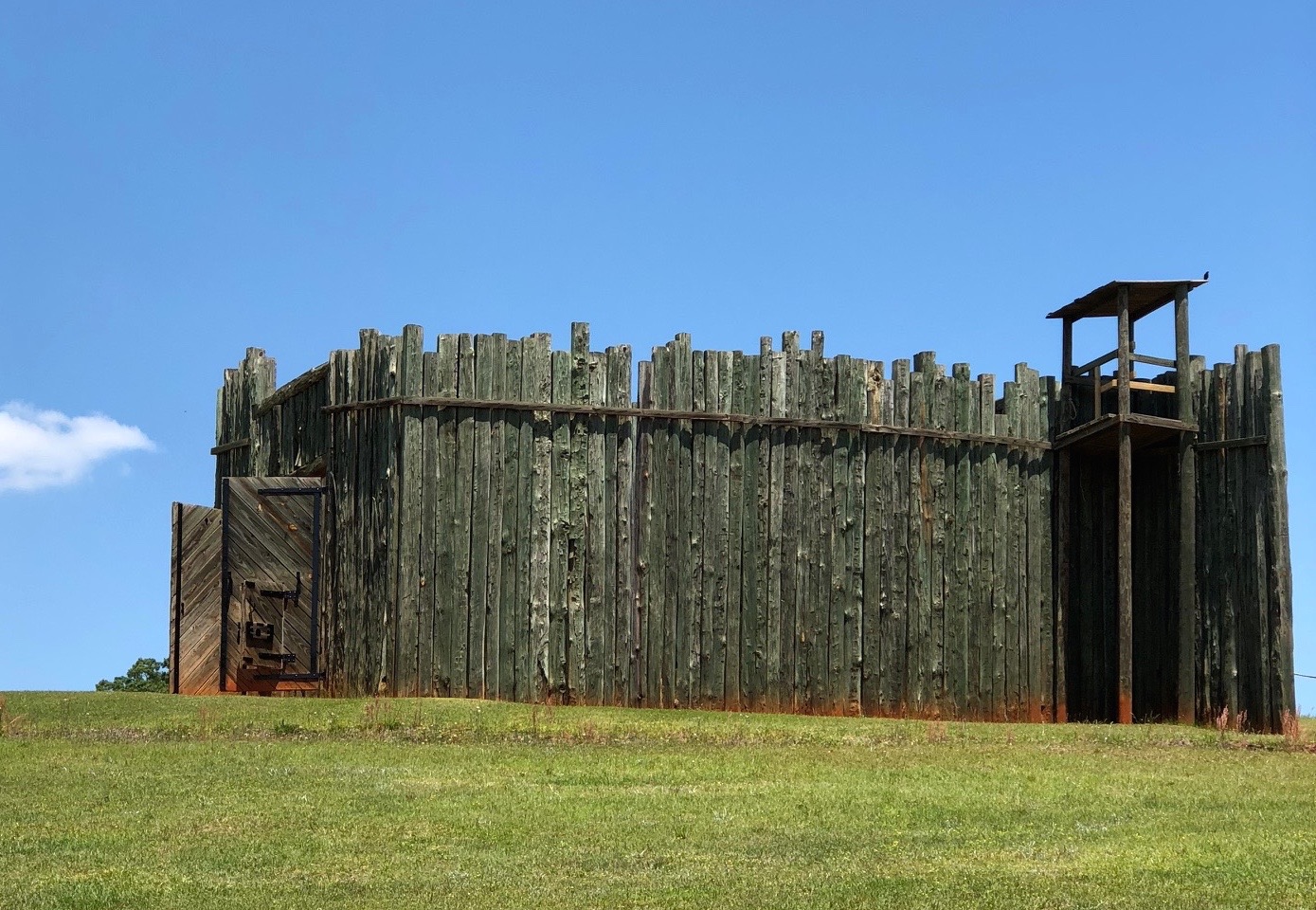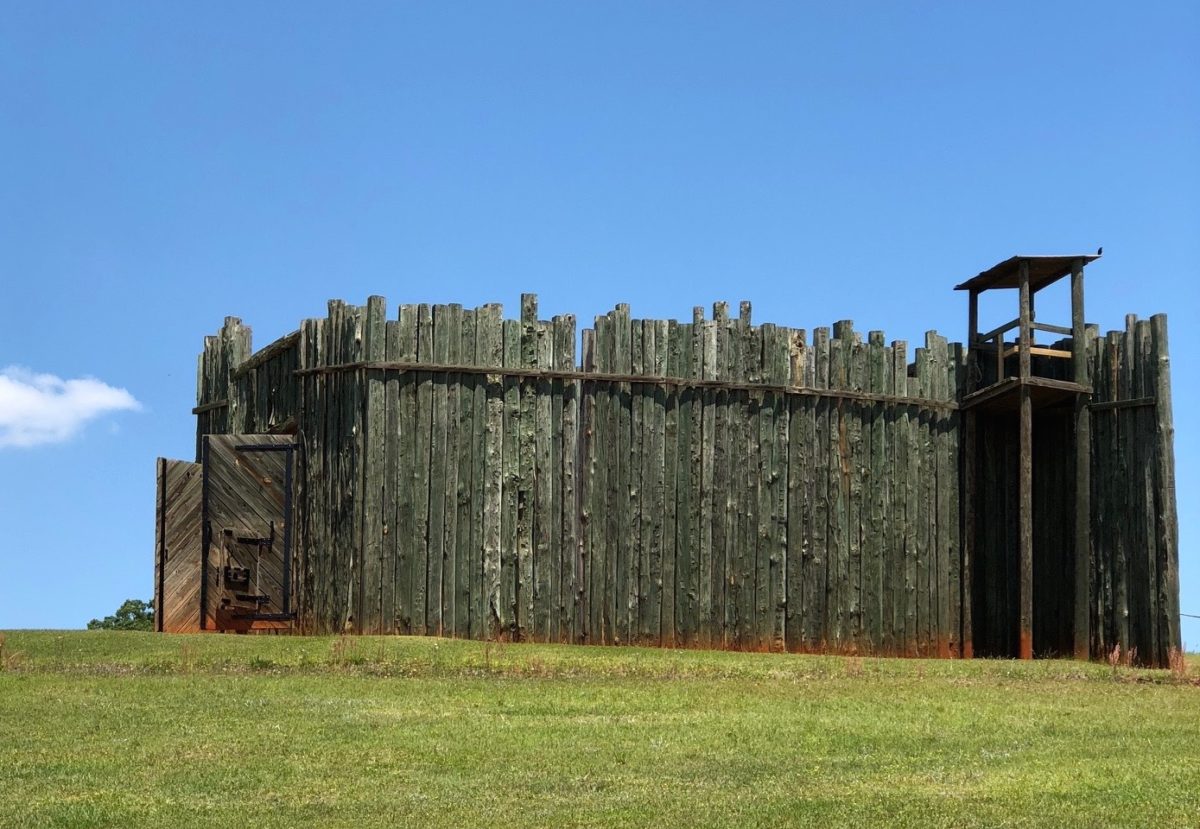Memorial Day at Andersonville NHS
#MemorialDay
On Memorial Day, we recognize the sacrifices of the men and women who have given their lives for this great country. There are many National Park Units that recognize their courage and sacrifice. Two come to mind immediately – the Vietnam Veterans Memorial and the Korean War Veterans National Memorial, both in Washington DC. Or you may think of Fredericksburg & Spotslyvania National Military Park in Virginia, the site of one of the bloodiest battles in the civil war, with its rows of white crosses and over 15,000 unmarked graves.
Andersonville National Historic Site
One that you might not think about is Andersonville National Historic Site in Georgia – a prisoner of war camp on American soil, where over 13,000 soldiers died. This took us by surprise. We had never really thought about a prisoner of war camp being in our own country.
It was a very solemn place – one that makes you reflect on how inhuman war is. Built in 1864 by the Confederates, Camp Sumter (now known as Andersonville) was needed to relieve crowding in the other Confederate prisons. Originally intended to hold only 6,000, this 16 1/2 acre pen housed as many as 32,000 Union soldiers at its peak.
With little food and water, and no shelter, conditions in this camp rapidly deteriorated as more and more solders arrived. There was only one small and polluted creek running through the camp, and no trees or respite from the heat or cold. Men starved to death, died of dysentery or other diseases. Not just prisoners, but also guards. There was a hospital, but conditions there were so bad that the men considered going there a sure death sentence.
Conditions were no better in the Union prisoner of war camps in the north. In fact, they estimate that 15% of the prisoners held by the Union died and 12% of the Confederate prisoners died. During the civil war, it was more likely for a soldier to die in prison than on the battlefield. A very sombre thought…
Andersonville National Cemetery
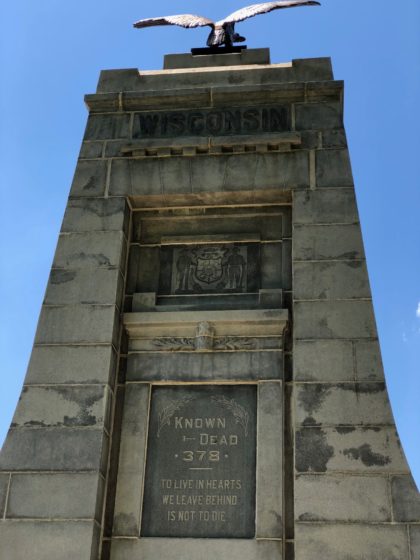 At Andersonville, most of the dead were buried in mass graves, but after the war a dedicated group came back to Andersonville and tried to catalog each of the dead.
At Andersonville, most of the dead were buried in mass graves, but after the war a dedicated group came back to Andersonville and tried to catalog each of the dead.
Of the 13,000 plus graves at Andersonville National Cemetery, there are still 500 unmarked graves – marked only as “Unknown US Soldiers”.
National Prisoner of War Museum
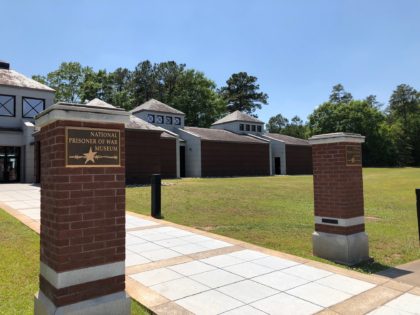 Today Andersonville remembers these prisoner’s of war as well as all American POWs throughout the nation’s history.
Today Andersonville remembers these prisoner’s of war as well as all American POWs throughout the nation’s history.
Exhibits and movies in the Visitor Center tell the story of prisoner’s of war not only during the Civil War, but sacrifices made by POWs throughout history, in the Philippines, Vietnam, and other places all over the world.
Plan at least a couple hours to visit. Begin at the museum. Be sure to notice that it was designed to resemble a prison stockade. Then take a walk or drive around the grounds. White posts outline the stockade site – giving you a really good perspective of how large it was, but also how small it was when you think of 32,000 people imprisoned there.
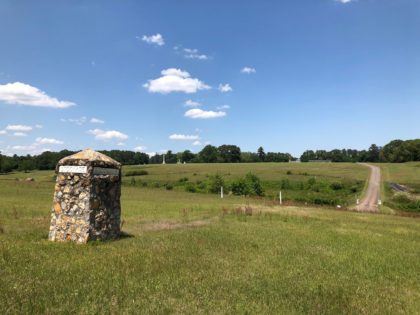
God Bless…
